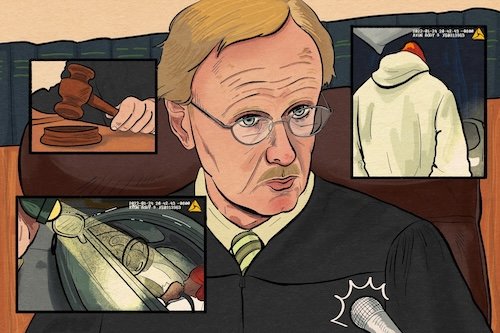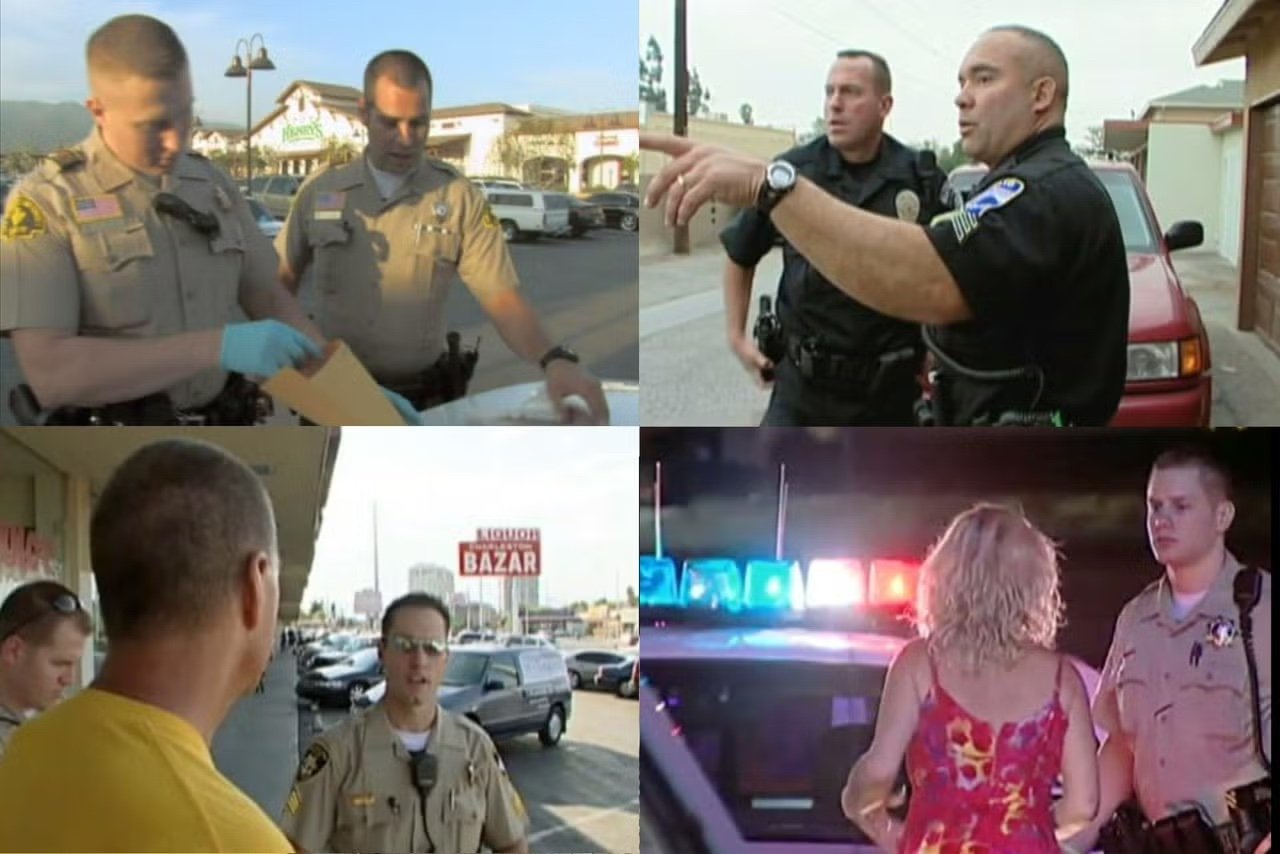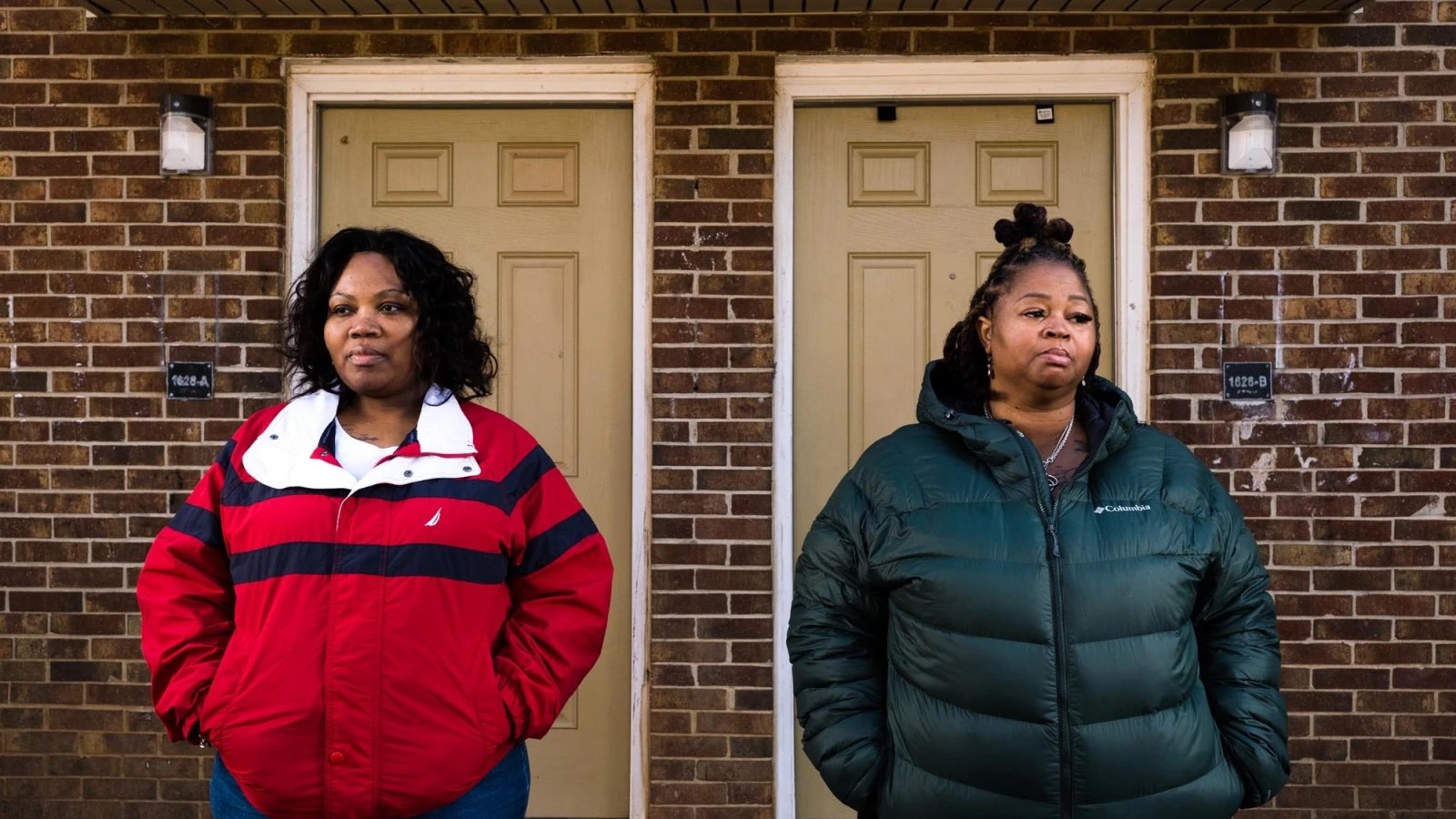Investigative journalist based in Washington, D.C.
Hello. I’m an investigative journalist who loves using datasets and digital tools to bring difficult stories to light. I studied aerospace engineering in college, but once I discovered my passion for writing, I dropped the whole space cadet thing. Whether through international investigations, or deep dives into local issues, I strive for meaning with every story. I firmly believe that change is always possible, people who abuse positions of power should be held to account, and the vulnerable protected. I’m also a published fiction writer, although I spend much more time working on news stories nowadays.
Work
My stories focus at the intersection of social justice, public health, and race, and almost always center around my subjects. My articles have prompted action from members of Congress, change in the CDC, and contributed to changing Twitter's policy, among other forms of impact.
The investigations I have published covered topics ranging from racism and discrimination in Doctors Without Borders, to New York tax credits for businesses, to children being shot in Flint, Michigan, to nursing home deaths during the COVID-19 pandemic. My pieces on disproportionate gunshot death rates in New York City sparked conversations about hospital trauma care, promises for action from local politicians, and discussion within the data journalism community on combining gun violence and health reporting. In the spring of 2023, the local hospital expanded its trauma bays. My interrogation of the "Craigslist" of gun sales formed the basis for a lawsuit against Armlist.com, and my pandemic reporting has spurred legislation by state lawmakers.
My story on the Black Lives Matter Global Network Foundation’s finances was one of the lead features for New York magazine’s “Ten Years Since Trayvon” issue, which was honored with a 2023 National Magazine Award. I’ve also received the 2021 Excellence in Journalism Award by the North Carolina Advocates for Justice, the 2020 Les Payne Award for Coverage on Communities of Color from the Society of Professional Journalists' Deadline Club, and a Sidney Award from the Hillman Foundation, among other recognitions. My feature work has been published by New York, Rolling Stone, ProPublica, Insider, and FiveThirtyEight, among other outlets. I’ve also published short stories with the Bellevue Literary Review and Hayden's Ferry Review.
Featured projects
Mexican drug cartels use hundreds of thousands of guns bought from licensed US gun shops – fueling violence in Mexico, drugs in the US and migration at the border (The Conversation)
Feature investigation on gun trafficking to Mexico that uses leaked ATF data combined with individual firearm records pulled from 100 court cases that produces an analysis that has been obfuscated by federal restrictions. The the hook is that routine regulation of gun stores would likely reduce the issue, lowering violence in Mexico and reducing immigration to the border. With economist Topher McDougal in the University of San Diego, we produced detailed research methodology with a model that generated a conservative middle estimate of about 135,000 firearms trafficked across the border in 2022. In contrast, Ukraine, engaged in a war with Russia, received 40,000 small arms from the United States between January 2020 and April 2024. Aside from the main investigation, we also produced a podcast, along with shorter version of the main investigation that was picked up by multiple local outlets. We published three sidebar stories with the main feature that expand on the gun trafficking issue.
Here’s how we figured the number of guns illegally trafficked from the US across the border to Mexico (The Conversation)
US gun trafficking to Mexico: Independent gun shops supply the most dangerous weapons (The Conversation)
YNW Melly’s Trials Highlight Florida’s Unconstitutional Death Penalty Law (Rolling Stone)
If convicted in a double homicide, Melly could be sentenced to death by a non-unanimous jury — a practice with deep roots in Jim Crow. Beyond the Melly trial, Florida has served as a kind of testing ground for death penalty laws that have found traction in other states such as Tennessee and Alabama, even though they fly in face of recent Supreme Court precedent.
California lets defendants challenge racism in court. Few have succeeded. (CalMatters)
Feature investigation that examined the progress of the California Racial Justice Acts that allow defendants to challenge the state’s criminal legal system in court if any portion of their case may have been tainted by racial bias or overt racism. The law was enacted after the reckoning of George Floyd’s murder. Four years on, only about a dozen cases succeeded and the filings document racial slurs being used in court. The story also ran locally with the Voice of San Diego and Times of San Diego. The central judge in the story resigned two months after the story published.
The New Georgia Project Helped Turn the State Purple. Now, It’s in Peril. (Capital B)
With a few weeks left until Nov. 5, the New Georgia Project is 86% behind on its voter outreach goal, which could result in Black voters losing hard-fought ground. My reporting pointed to board chair Francys Johnson being the central cause of many issues. He announced he was stepping down within four months of the story’s publication.
Tyre Nichols was brutally killed by five Black police officers. How did we get here? (The Guardian)
Diversifying departments is one of the oldest methods of police reform, but Black cops are not immune to adopting the racism of the system. The feature story is a finalist for a National Association of Black Journalists Salute to Excellence award.
For-profit nursing homes are cutting corners on safety and draining resources with financial shenanigans − especially at midsize chains that dodge public scrutiny (The Conversation)
With The Conversation’s investigative unit Inquiry, I delved into the nursing home industry, where for-profit facilities make up more than 72% of the nation’s nearly 14,900 facilities. For the story, I teamed up with nursing home academic expert Charlene Harrington and used the most recent government data on ownership, facility information and penalties, combined with CMS data on affiliated entities for nursing homes. The national story contained a primer on possible actions that can be taken to address the issues, and a highly condensed version published with multiple local outlets. Modified versions of the main story tailored to issues in Massachusetts and South Carolina also published with local outlets the Boston Business Journal and South Carolina Daily Gazette, respectively. I spoke with Wisconsin Public Radio about the issue in April.
Reality TV Copaganda Is Back and Worse Than Ever (Slate)
In the post–George Floyd summer of 2020, reality policing shows like Cops and Live PD faced not just a reckoning but an outright extinction. But the shows started coming back before the end of the year, and now they are as popular as ever. What's more, research has continually shown shows these programs are far more influential than their fictional counterparts in swaying people's feelings on the police, gun ownership, and crime; New Harvard research showed the have real-world impacts on how police police.
One of the US's largest racial-justice organizations is slashing its budget and laying off staff after overspending on lavish perks (Insider)
Color of Change, pioneering racial-justice nonprofit, is plagued by allegations of sexual assault and bullying, ineffective leadership, and deep layoffs say sources (Insider)
This Cop Unleashed a Reign of Terror, Say the Wrongfully Accused (Rolling Stone)
For years, people in Raleigh were arrested for heroin possession—without having the drug. Now, they’re demanding answers.
Does Da Zappala’s Criminal Justice Strategy Unfairly Punish Black People? (Black Pittsburgh)
An analysis of criminal court cases in Allegheny County shows that Black people have been prosecuted by the DA’s office at 5.8 times the rate of white people and charged with felonies more frequently, even for minor offenses.
A Jail In Crisis: Gerald Thomas Is One Of 17 Who Died At Allegheny County Jail Since 2020 (Black Pittsburgh & Pittsburgh City Paper)
Gerald Thomas is one of 17 who have died at the Allegheny County jail since 2020. Meanwhile, incarcerees are left without healthcare and a depleted staff continues doling out solitary confinement despite a new countywide ban.
Questions remain about county justice system one year after Gerald Thomas died in jail (Black Pittsburgh & Pittsburgh City Paper)
In 2022, Gerald Thomas was sent to the Allegheny County Jail after charges against him were dropped, and died inside 17 days later. The judge who berated him is now facing a federal lawsuit on his probation policies. This is the first of a two-part series that examines the justice system in Allegheny County through Thomas's death
Between White Backlash and Privilege: Did race play a part in sentences for protesters charged with federal crimes during Pittsburgh’s George Floyd Protest? (Black Pittsburgh)
This article examines the outcomes of people who were sentenced under federal crimes. In one egregious incident, a young white man was sentenced to a day in custody, while the Black men involved were given multiple years in prison.
Black Lives Matter’s National Organization Opens Its Books. What Do They Reveal? (New York Magazine)
This article is an examination of the publicly disclosed finances of the Black Lives Matter Global Network Foundation that followed my reporting of the murky finances of the organization and the purchase of a $6 million property. Over $2 million went to the deputy executive director’s consulting company. Almost $1 million was paid a company owned by the father of co-founder Patrisse Cullors’ child, and over $840,000 was dispersed to her brother.
Black Lives Matter Secretly Bought a $6 Million House. Allies and critics alike have questioned where the organization’s money has gone. (New York Magazine)
Feature investigation that was produced for New York Magazine that broke news of a nearly $6 million property purchased by the Black Lives Matter Global Network Foundation. Multiple investigations were launched into the organization following its publication.
The BLM Mystery: Where did the money go? (New York Magazine)
Feature investigation that was produced for New York Magazine’s special issue, Ten Years Since Trayvon. The feature story examines the struggle of local organizers, the lack of financial transparency with the Black Lives Matter Global Network Foundation, and the role of corporate influence in the modern civil rights movement.
The Nursing Home Didn’t Send Her to the Hospital, and She Died. (ProPublica)
In early April, before COVID-19 hit her state hard, Palestine Howze was in a Durham, North Carolina, nursing home, living in pain. Palestine Howze didn’t have COVID-19, but a law enacted to protect health providers during the pandemic derailed her family’s wrongful death suit. The story was later covered nationally by WYNC/NPR, and given the Excellence in Journalism Award by the North Carolina Advocates for Justice.
Illustration by Alex Castro and Grayson Blackmon.
The Craigslist of Guns (The Trace & The Verge)
This story takes the reader inside Armslist, the online ‘gun show that never ends.’ This investigation was later cited as the basis for a lawsuit filed against Armlist.com.
In Flint, Gunfire is Killing Kids at a Devastating Rate (The Trace & Flint Beat)
Tapped out by its battles over lead-tainted water, the Michigan city is grappling with another public health crisis: It’s losing kids to guns at nearly twice the rate of Chicago and Detroit.
In New York, the Neighborhood You’re Shot in May Determine Whether You Survive. (The Trace & THE CITY)
A bullet wound in Queens is more likely to be fatal than anywhere else in the city. A single trauma center serves the borough’s southern reaches, and it’s struggling to keep up. This investigation sparked conversations about trauma care in Queens, promises for action from local politicians, and discussion within the data journalism community on combining gun violence and health reporting. It was selected as one of the best political investigations of 2019 by City & State New York, and an editor of a medical journal based out of Columbia University asked us to consider publishing our analysis with his journal.
How We Reported on Gunshot Victims’ Access to Trauma Care (Source, an OpenNews project)
We mapped 12,000 gunshots to reveal a hole in New York City’s trauma system, and other newsrooms can do the same in their areas.
Shoot Someone In A Major US City, And Odds Are You’ll Get Away With It. (The Trace & BuzzFeed)
This investigation won a Sidney Award from the Hillman Foundation, influenced Baltimore politicians, helped free a man from prison, and the series won 2020 Les Payne Award for Coverage on Communities of Color from the Deadline Club.
The CDC Is Publishing Unreliable Data On Gun Injuries. People Are Using It Anyway. (FiveThirtyEight & The Trace)
The agency has more confidence in its estimates of BB gun injuries than firearms. This investigation, and a follow-up article, prompted official inquiry of the Department of Health and Human Services by 11 senators, including Kamala Harris, Amy Klobuchar, and Robert Menendez. After my third article on the issue, the CDC committed resources to fixing its data. The work has been cited in academic publications and policy briefs, and my methodology for analyzing gunshot injuries has been adopted by advocacy groups.
Plans for 3D-Printed Guns Are Still Accessible on Twitter and YouTube. (The Trace)
The platforms say they don’t allow users to post blueprints or how-tos for building ghost guns. But the files continue to circulate. After this reporting, Twitter retroactively began banning users and changed its policy on sharing gun files.
Affiliations Present & Past
Columbia Journalism School: Faculty bio
ProPublica: Bylines
The Trace: Bylines
I’m excited thinking about new projects and collaborating with other journalists. I love teaching and speaking to students. I’m always open for a call or email.





























